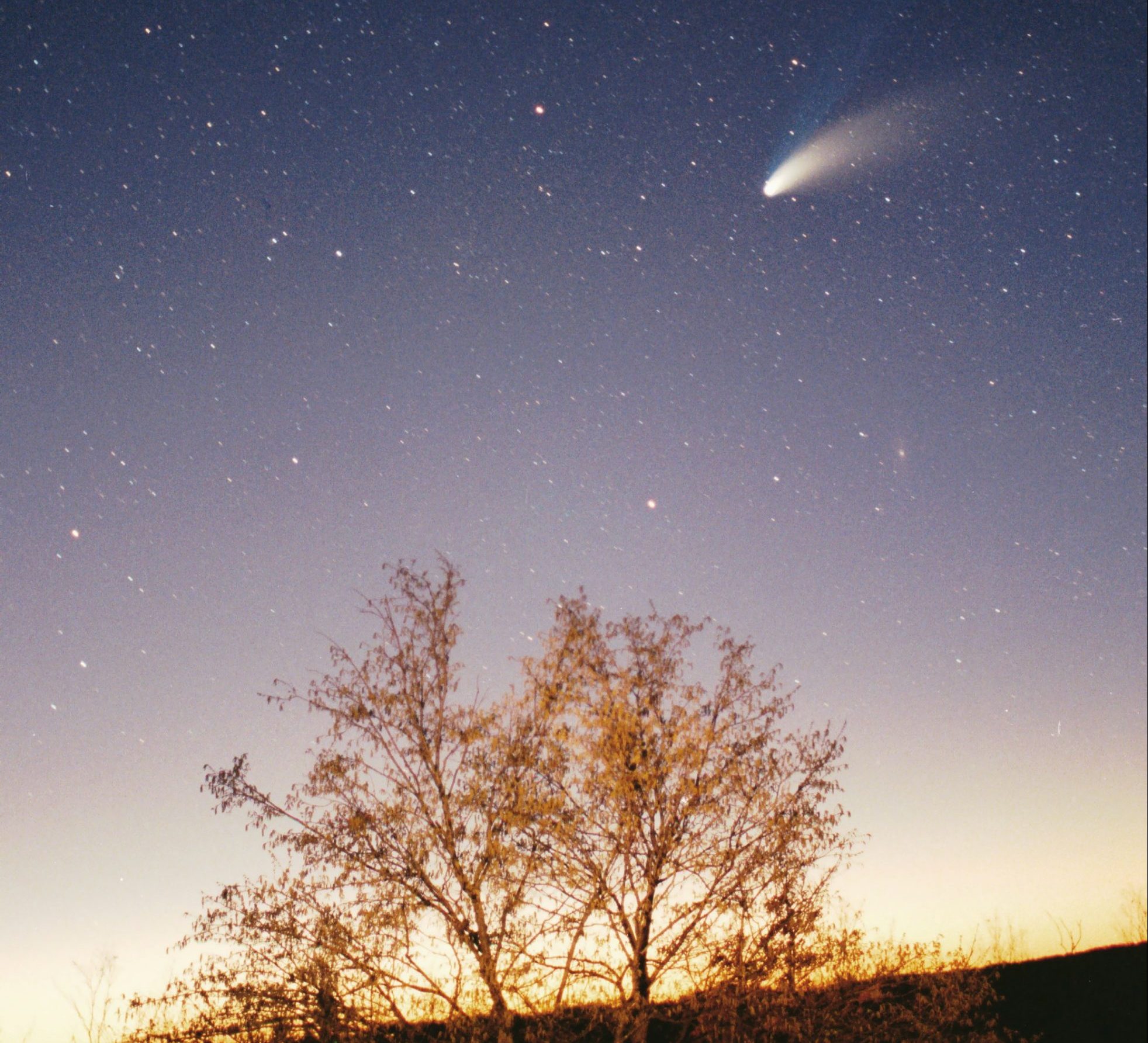In our imagination, comets are fascinating prodigies of nature that cross the sky often invisible to the naked eye. Yet, this year we almost had the chance to see one of them shining above our heads just around Christmas.
Sadly, the world-famous comet Ison, discovered in September 2012, has exploded when it reached the perihelion, the closest point to the sun in its orbit. While there is still hope for the smaller comet Lovejoy, that will reach the perihelion on December 22, but expectations are pretty low: perhaps we will be able to catch sight of it by using powerful binoculars or a small telescope.
Ison’s uncertain faith has made scientists hold their breath for days, as well as the mass media and many astronomy lovers who liked the idea of a real Christmas Star.
Italians are familiar with comets, drawing or modeling them as children to decorate the nativity scene at home or at school during Christmas holidays. According to the Western Christian tradition, and in particular to the Gospel of Matthew, the comet also known as Christmas Star appeared to the magi traveling to the village of Bethlehem, near Jerusalem, where Jesus was born. Their visit to pay homage and bring gifts to the Messiah is traditionally celebrated on January 6, the feast of the Epiphany.
Since ancient times, astronomers have tried to identify the extraordinary phenomenon described by Saint Matthew as a conjunction of planets, a comet or a supernova, while a number of modern scholars consider it just as mere fiction. Certainly, the large amount of astronomical data as well as the uncertain date of the birth of Jesus allow many different possible interpretations.
Originally, the Western Christian iconography didn’t depict the Star as a comet. The first representation of a “tail” dates back to the XIV century, when Italian artist Giotto di Bondone painted it in his famous fresco cycle hosted in the Scrovegni Chapel in Padua, probably influenced by the spectacular sight of Halley’s comet visible from the Earth to the naked eye in 1301.
Since then, the tail of the celestial body started to be seen as a divine sign guiding the magi in the right direction.
But what is actually a comet? And what is its shining tail made of?
Professor Marcello Coradini, member of the Italian team working at the Jet Propulsion Laboratory in Pasadena, planetologist, and Coordinator of the ESA (European Space Agency) Programs, explains that “At the beginning of the process that gave birth to the Solar System, gas and dusts inside the nebula coagulated to form lumps and were pushed to the edges. These lumps are the comets, made of ice – that is, frozen hydrogen and oxygen – and dusts. Because of their chemical composition they are subject to evaporation and sublimation, passing directly from the solid to the gas status, every time they get close to the sun. The output of these processes is blown by the solar wind, creating those gorgeous tails.”
Sometimes, due to the passage of a star or a particular conjunction of planets, they are pushed away and start orbit the sun. “The temperature increase can cause explosive sublimation and accelerate or decelerate the comet. Sometimes the burst is so intense that the core breaks into fragments,” continues Professor Coradini.
For those who still don’t want to give up the magic of Christmas and have the right equipment, Lovejoy can be found not far from the Big Dipper in the Northern sky before dawn.
Otherwise, we are still in time to decorate the Christmas three – as Italians traditionally do on December 8 – and to arrange the nativity scene with our personal comet, wishing that it will light our way into the new year.






























